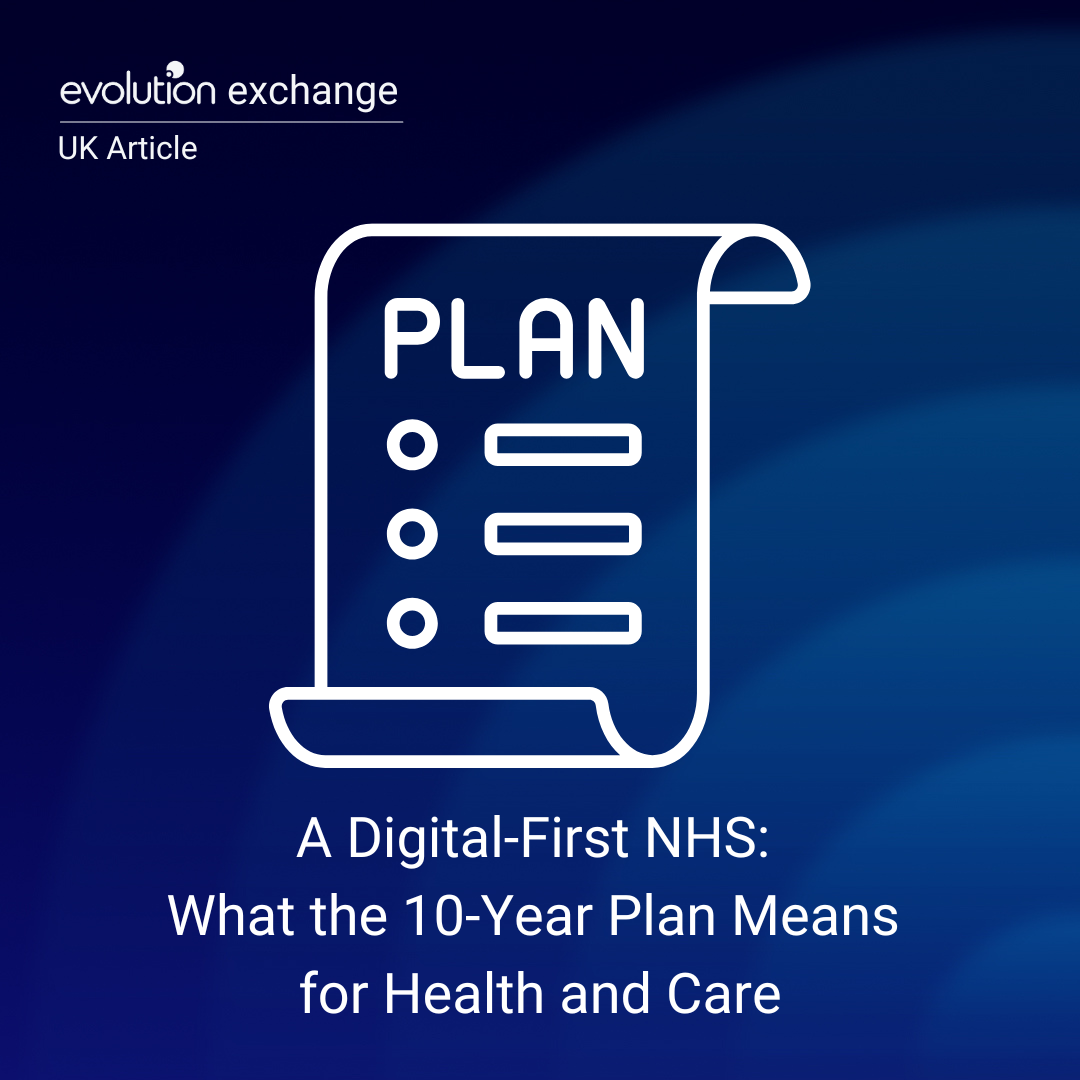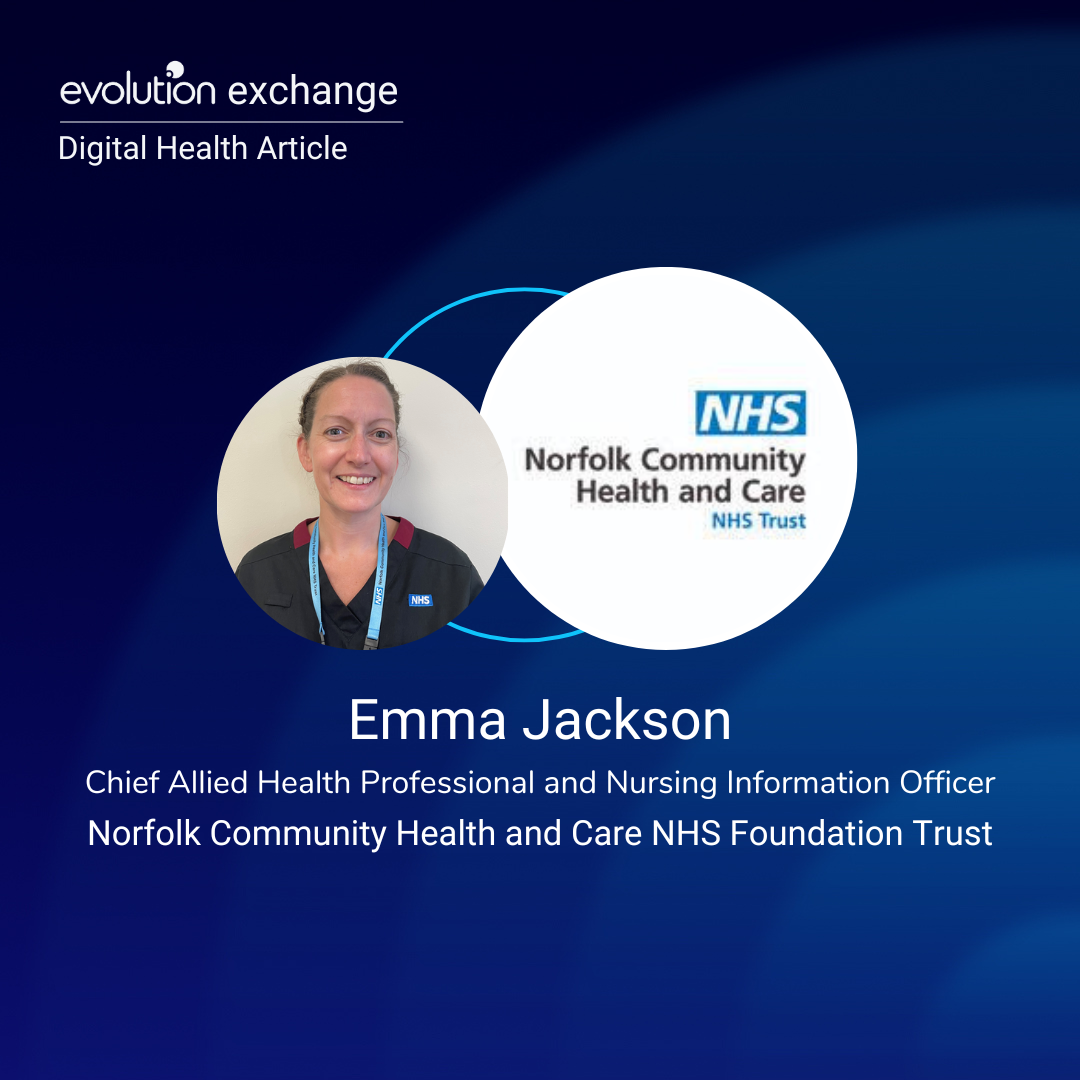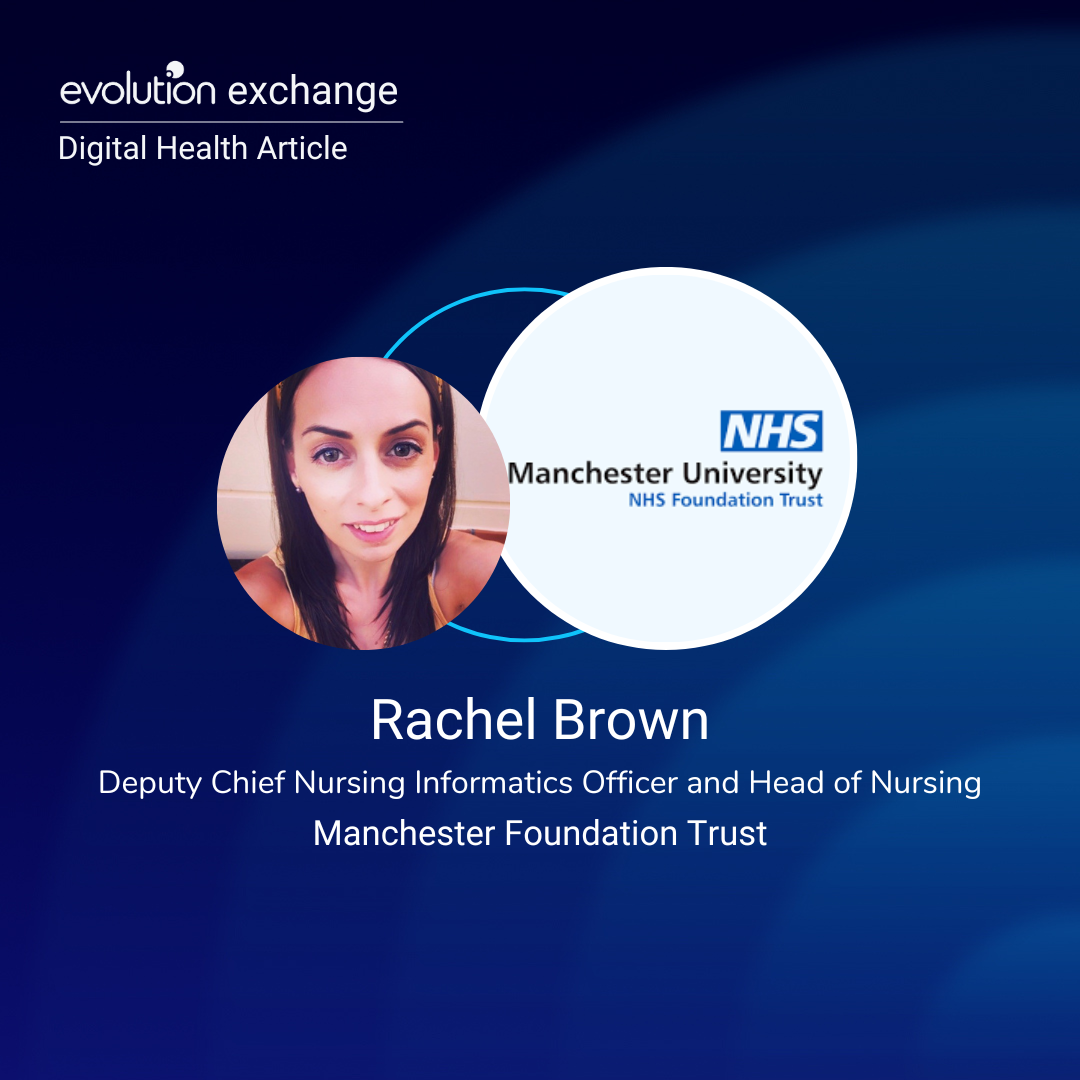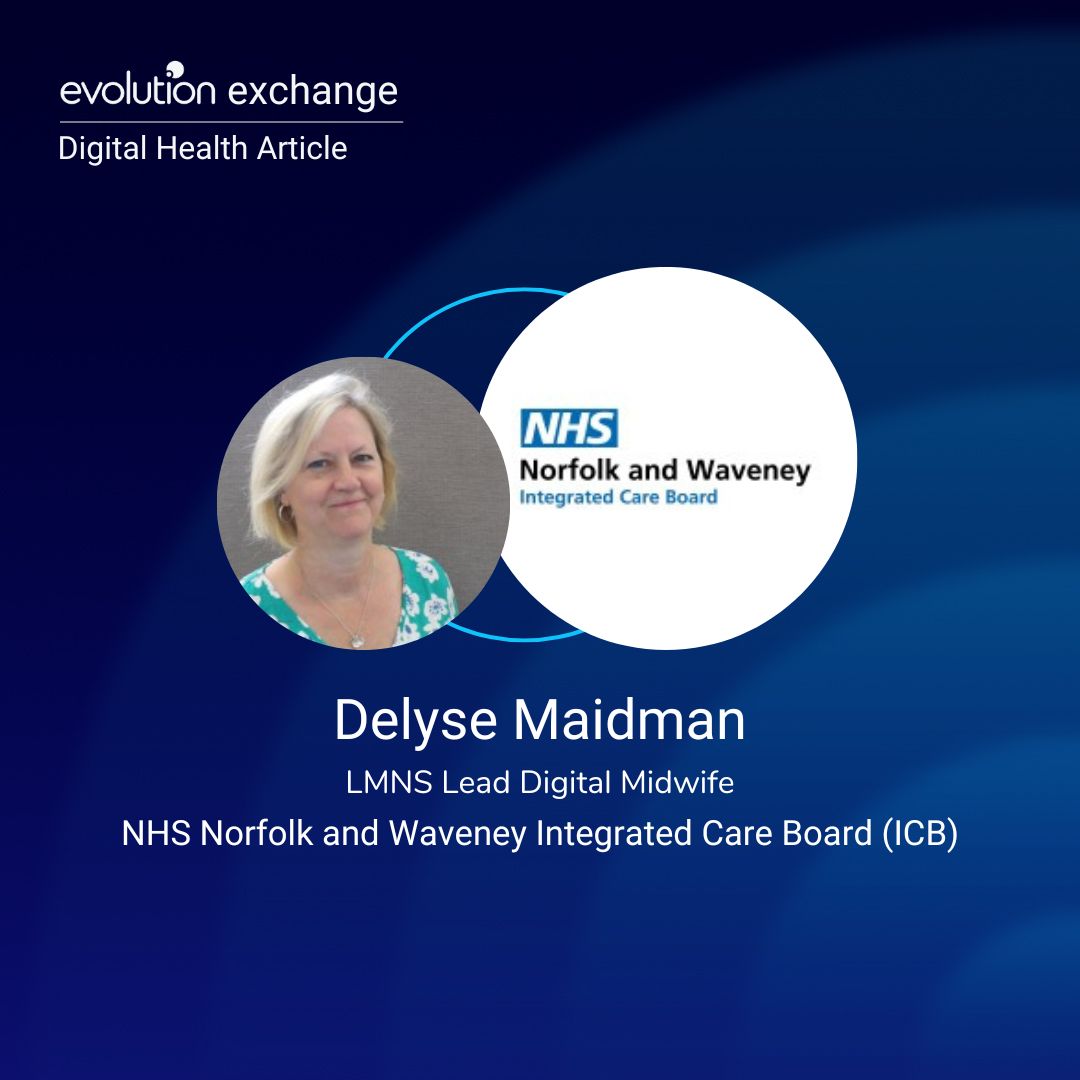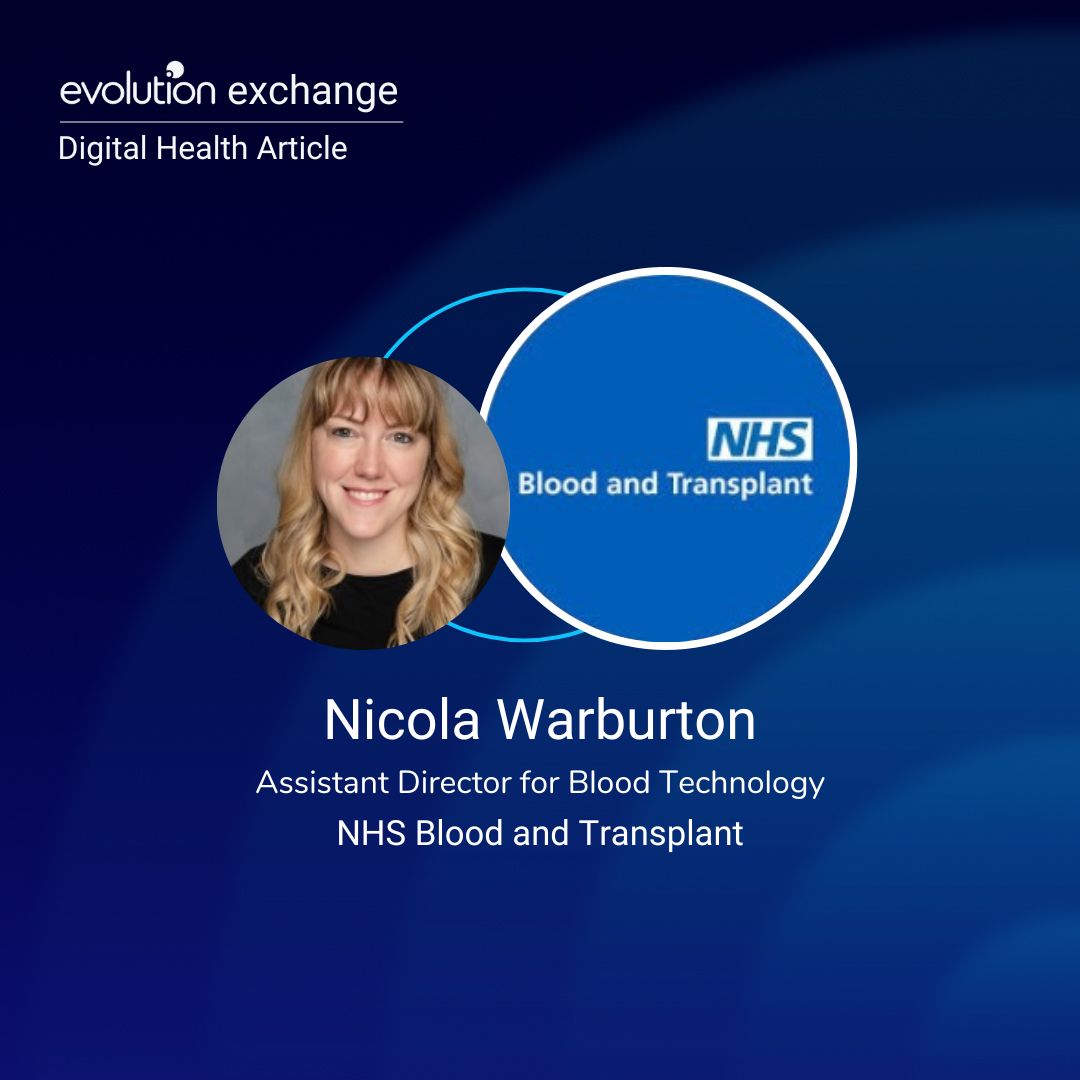The NHS has just dropped its much-anticipated 10-year plan – Fit for the Future – and it’s packed with ambition. Yes, it covers the big-ticket items like workforce reform and community care, but what really stands out is how central digital transformation is to the vision. In fact, it’s one of the plan’s three main pillars.
The message is loud and clear: the NHS of the future should be “digital by default.” That doesn’t mean robots replacing GPs or patients losing access to face-to-face care. What it does mean is giving people smarter, easier ways to manage their health, backed by better data, joined-up systems and the kind of tech we already rely on in most other parts of life.
So, what does this digital vision actually look like? Let’s take a look.
Putting the NHS App Front and Centre
If the plan succeeds, the NHS App is going to become a whole lot more useful – and visible – in people’s day-to-day lives. The idea is for it to become a kind of digital front door for healthcare.
By 2028, patients should be able to use the app to book and reschedule appointments, self-refer to services, order prescriptions, access test results and hospital letters and get non-urgent advice via AI any time, day or night. It’s not just a facelift; it’s a total rethink of how people engage with the NHS.
What’s more, the app will be linked to a single, comprehensive patient record. That means patients will be able to view everything in one place – vaccination history, prescriptions, hospital visits, even a digital version of the old red book for children’s health records. And if you’re looking after someone else, like a child or an older relative, you’ll be able to share access to their information too.
There are also plans for the app to include hospital comparison tools, so patients can see waiting times, outcomes, and satisfaction ratings to help them make informed choices about their care.
Finally, One Record for Each Person
Speaking of records, one of the plan’s biggest commitments is to a truly joined-up patient record across health and social care. No more repeating your medical history to every new clinician. No more vital information falling through the cracks.
Every provider will input into the same system, and patients will have access to their own data. It’s a big step toward safer, smoother care. Plus, it unlocks the potential for better planning, research and population health insights, all while aiming to protect patient privacy and build trust around how data is used.
AI, Automation and Smarter Workflows
Digital transformation isn’t just about making things easier for patients, it’s about making life more manageable for the workforce too. That’s where AI and automation come in.
AI-powered tools are already being trialled to help with things like transcribing consultation notes and drafting care plans. Over time, this could save hours of admin and free clinicians to spend more time with patients.
On top of that, the NHS is looking to scale up the use of robotic process automation for everyday admin tasks and expand robotic-assisted surgery for specialities like ENT, orthopaedics and urology.
It’s all about improving efficiency, reducing backlogs and supporting staff – not replacing them.
A Trusted Space for Digital Health Tools
With so many digital health tools on the market, knowing what’s safe, effective and worth investing in can be tricky. That’s why the plan introduces a new NHS “HealthStore”, an app marketplace curated by the experts.
Everything listed in the HealthStore will be vetted by NICE, so clinicians and patients can trust what they’re using. Whether it’s a weight loss app, virtual CBT or an AI diagnostic tool, the idea is to create a single space where high-quality, evidence-based digital tools are easy to find and access.
This should also make life easier for digital health innovators, who will have a clearer path to getting their tools adopted nationally, rather than having to sell into dozens of separate systems.
Getting the Basics Right
Behind all these exciting ideas lies a critical foundation: digital infrastructure. The plan sets out a roadmap to modernise legacy IT and roll out things like single sign-on for NHS staff to make workflows smoother and safer.
Digital social care records are also a big focus. By 2025, every care provider should be using one, helping to bridge the data gap between health and social services.
There’s also a strong emphasis on digital inclusion, making sure tools are accessible to everyone, not just the tech-savvy, and on giving staff the training and support they need to make the most of new systems.
Where Ambition Meets Reality
There’s a lot to be excited about in this plan. It sets a clear digital direction for the NHS, backed by practical commitments and a vision that feels achievable, at least on paper.
Of course, turning that vision into real-world impact won’t be simple. Funding, implementation, training and local flexibility will all be key. And the sheer scale of what’s being promised – from AI rollouts to a single patient record – means there’s plenty of work ahead.
But one thing’s for sure: this plan represents a real opportunity to reshape how the NHS uses digital to deliver better care. And for those already working at the intersection of health and technology, the next decade is shaping up to be a defining one.










